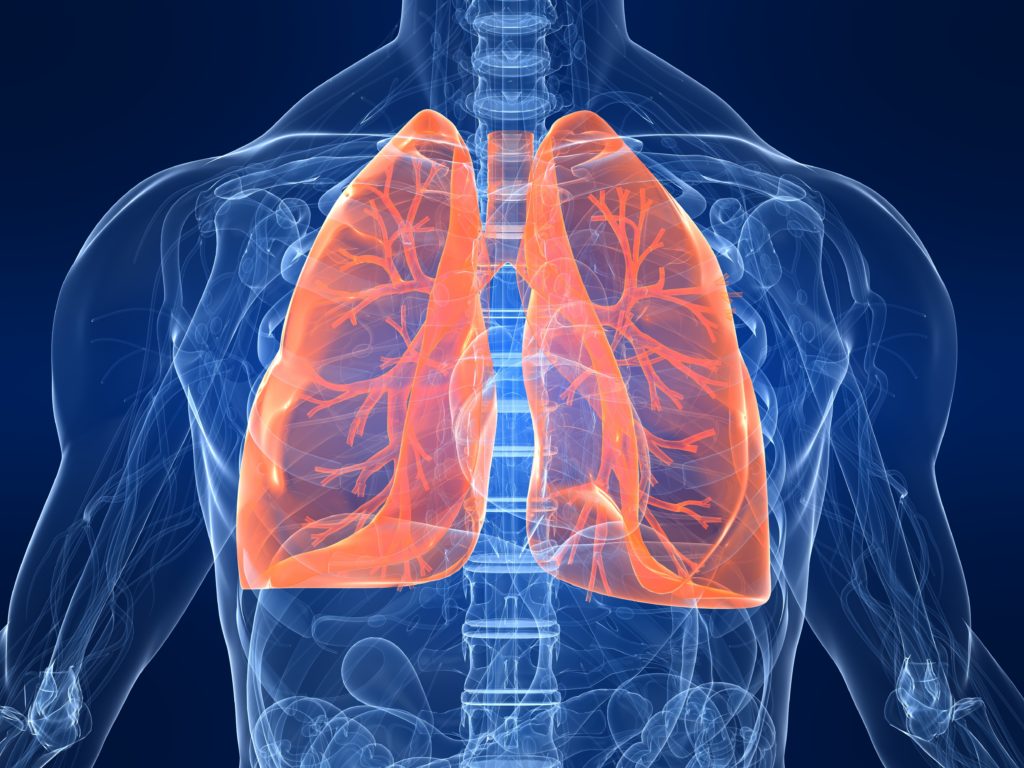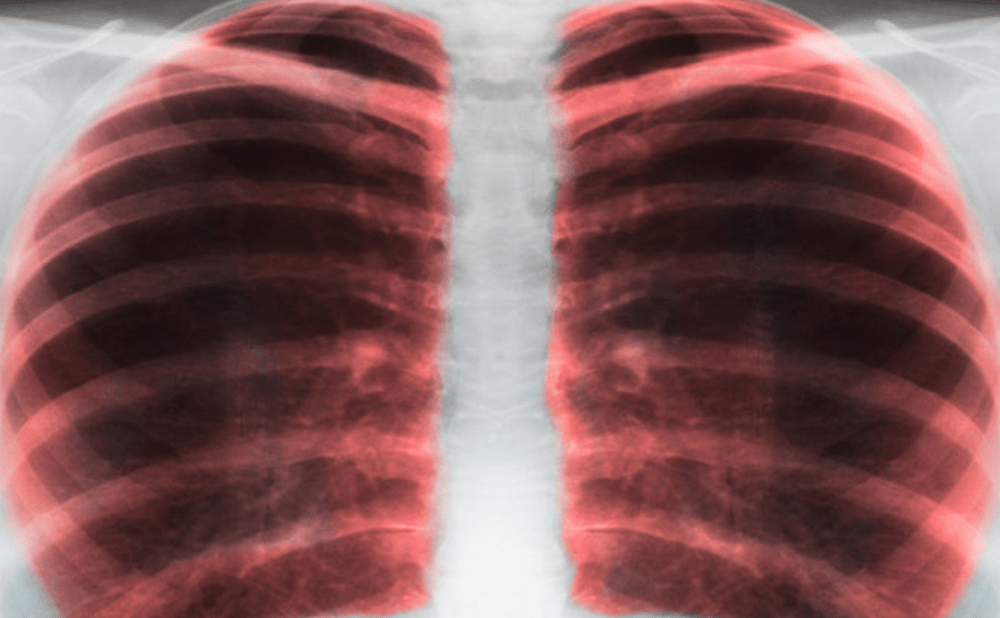The topic of the carbon footprint of human activities is one frequently discussed worldwide. There have been conscious efforts across multiple fields, including healthcare, to reduce their carbon footprint. In Canada, 4.6% of greenhouse gases (GHG) are manufactured by the healthcare institutions, ranking it second worldwide. 1,2 The treatments for asthma and chronic obstructive pulmonary disease (COPD) are two of the main contributors, this includes pressurized metered dose inhalers (pMDIs), dry powder inhalers (DPIs) and soft mist inhalers (SMIs). These highly prevalent diseases affect 11% and 10% of the Western populations, respectively.3 This editorial aims to highlight the impact of pressurized metered dose inhalers on the environment, discussing alternatives and changes to current diagnostic and therapeutic practices, public awareness, potential changes to regulations and pathways moving forward.
Impacts of pressurized metered dose inhalers
Used in patients with respiratory diseases like asthma and COPD, pMDIs represent 0.03% of the annual worldwide carbon footprint.4 Due to their effects on the environment, the Montreal Protocol5,6 was established in 1987 and signed by 197 countries, regulating the use of many substances affecting the ozone layer, such as the chlorofluorocarbons (CFCs) contained in pMDIs. Following this historical pact, CFCs were replaced by hydrofluorocarbons (HFCs), which had potentially fewer consequences on global warming. However, HFCs remain important vectors for GHG emissions.6 HFCs are synthetic gases used as a substitute for ozone-depleting substances, however, they do still contribute to GHG emissions.7 For instance, a single dose from a pMDI, which includes two inhalations, is the equivalent of driving two kilometres with a hybrid vehicle, with regards to carbon dioxide emissions.8
Alternatives to pressurized metered dose inhalers using hydrofluorocarbons
Beyond pMDIs, different types of inhalers with different delivery mechanisms are available on the market. DPIs use peak inspiratory flow to deliver the medication inside the respiratory tract without the use of propellants. Comparing the different inhaler types on the market, one can notice that DPIs and SMIs have a carbon footprint approximately 10 times smaller, compared with pMDIs.8 However, >70% of inhalers currently sold to adult patients are pMDIs.9 It must be mentioned that, if the inhalation technique/strength with DPIs is adequate, their efficacy parallels that of pMDIs, but has a much lower impact on the environment.10 In a recent study, patients using pMDIs were switched to DPIs, resulting in reducing their carbon footprint by more than half with no impact on their disease control.11 If 5% of patients per year substituted their pMDIs to DPIs, there would be a reduction of 27% of GHGs related to inhaler use over the course of 10 years.12
There are many factors to consider when prescribing inhalers. For example, the therapeutic efficacy of DPIs will be lower for individuals with advanced pulmonary disease, due to inadequate drug delivery. Indeed, with inspiratory muscle weakness and associated pulmonary hyperinflation, the maximal inspiratory pressure is insufficient for dry powder inhalation.13 Additionally, it can be difficult for patients to inhale properly during an acute airway attack. Personal preference and the varying costs of inhalers must also be considered. Nevertheless, in a study comparing costs, device handling and the environmental impact of the inhalers, only 14% of the participants indicated that carbon footprint was not a decisional factor in the choice of inhalers.14
The importance of an established diagnosis for prescribing or renewing treatment
A formal diagnosis of asthma or COPD with objective tests is crucial. Unfortunately, in one study, it was found that 33% of randomly recruited patients that received a diagnosis for asthma within the last 5 years had no evidence of the disease during the pulmonary function test.15 Of those individuals in whom an asthma diagnosis was ruled out, 79% had used inhalers prior to the re-evaluation, and thus have contributed to the ecological damages caused by HFCs.15
The frequently overlooked inhaler technique
Aside from considering a substitution from pMDIs to DPIs and/or SMIs, it is crucial to educate patients in proper inhaler technique, since most GHG emissions are produced during the inhalation phase.7 When choosing a pMDI, the use of a spacer allows for the optimal medication quantity without wasting and overutilization. This also reduces the number of inhalers used yearly, as less drug is used with each use of the inhaler, which decreases GHG. An estimated 68% of patients do not properly use their inhalers, perhaps due to most of them not receiving adequate education on the proper techniques.16 Furthermore, for many patients using pMDIs, it is often challenging to determine if the inhaler is empty, with the absence of a numerical dial indicating the number of remaining doses. In contrast, a dial is present on the majority of the DPI devices. Studies have shown that 40% of patients use empty inhalers, which contributes to poor control of the disease.17 Conversely, some patients tend to renew their inhalers prior to finishing all of the doses, which increases product waste and overutilization. In summary, to reduce GHG emissions in airway disease, it is important to educate patients on the use of inhalers, identify poor symptom control and discuss strategies to prevent disease exacerbations.
Controlling asthma to control greenhouse gas emissions
The impact of inadequate asthma control must not be underestimated, both in terms of morbidity and carbon footprint. Compared with patients with adequate control of their disease, poorly controlled airway disease is associated with threefold greater GHG emissions.18 The most adequate way to maintain a proper control of disease is to limit tobacco use, identify and target unchecked airway inflammation and reduce exposure to allergens, but also to verify treatment use and inhalation technique with patients. Furthermore, in patients aged 12 and up with well-controlled mild asthma, guidelines from the Global Initiative for Asthma recommend that treatment with budesonide-formoterol inhalers (usually a DPI) is preferred to a daily inhaled corticosteroid paired with a short-acting bronchodilator (usually pMDIs).19 Airway disease that is well-controlled requires less reliever use and healthcare use, effectively reducing the associated carbon footprint.
Returning inhalers to the local pharmacist
The carbon footprint associated with the manufacturing and disposal of pMDIs may represent an estimated 30% of the total footprint of the inhaler.9 The incineration and recycling of the devices reduces the impact on global warming.7 To this day, no systematic programme has been implemented with regards to recycling or packaging of the inhalers. At the very least, devices should be disposed of adequately.20
Awareness
There are programmes in place to educate patients and healthcare professionals in taking an eco-friendly approach. CASCADE is an organization funded by the Canadian Government partnering with the Canadian Thoracic Society, which is similar to its counterpart PrescQIPP.info in the UK.21,22 These programmes aim to guide the healthcare systems towards a more durable environment with a neutral carbon use. To reach their objectives, they offer multiple resources explaining how to reduce carbon emissions. These include videos on inhalation techniques, information posters and letters explaining the proper use of inhalers.23
Regulations
Regulation can limit the use of polluting gases as witnessed in the Montreal Protocol.5 In addition to the efforts put in since 1987, the Kigali Amendment to the Montreal Protocol in 2019 aims to reduce carbon emissions further, imposing a mandated reduction of HFCs worldwide.6 Hydrofluoroolefins (HFOs) are currently in development to assure an alternative pMDIs propellant.24 Replacing HFCs with HFOs would substantially reduce the global warming potential of pMDIs.
Conclusions
In conclusion, healthcare systems must take part in reducing their carbon footprint. This is especially true for airway disease and its associated inhalers (Figure 1). pMDIs constitute a healthcare risk by decreasing the air quality and as a result increase symptoms and exacerbations of pulmonary diseases. The choice of inhalers depends on a multitude of factors, including personal preference, price, inhalation technique and simplicity, as well as their carbon footprint. Efforts have been made to reduce GHG emissions, such as the CASCADE program, recycling programmes in pharmacies, the Kigali Amendment aiming to progressively reduce the HFCs, and developing new alternatives to the propulsion mechanism with HFO.
Figure 1: The excessive carbon footprint of inhaler devices used in airway disease and its remedies

COPD = chronic obstructive pulmonary disease; GHG = greenhouse gases.
Finally, a proposition: after CFCs, why not regulate the progressive removal of HFC-based pMDIs in order to promote HFO-based pMDIs? We can and should be as ambitious for the environment as for our patients.











